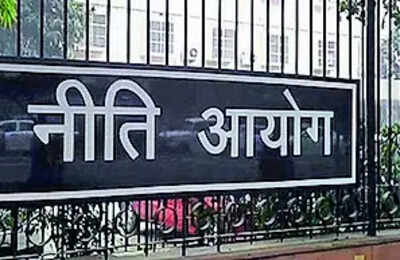Services sector employed 188m in ’23-24: Niti Aayog

 The report said that while services had added nearly 40 million jobs in the past six years, the distribution of employment revealed a “deep structural divide”.
The report said that while services had added nearly 40 million jobs in the past six years, the distribution of employment revealed a “deep structural divide”.
High-value segments such as information technology, finance, healthcare and professional services are globally competitive and productivity-rich, but their employment base remains small, it pointed out. Traditional services such as trade and transport continue to dominate workforce engagement though they are characterised by high levels of informality and limited wage growth, it added. About 61% of urban workers were in services, compared to just 19% in rural areas in 2023-24.
The report showed that rural women remain largely excluded from the sector, making up just 10.5% of its workforce, less than half the share of rural men (24%).
In urban areas, services employ around 60% of both men and women, but men enjoy a broader spread across diverse sub-sectors.
Women’s employment is heavily concentrated in social services like education, health and retail, with minimal representation in higher-value, fast-growing segments. The report said that services remain overwhelmingly informal: the majority of workers lack access to job security or social protection.
Traditional sub-sectors like trade, transport and hospitality dominate employment but remain hotspots of informal work.
“Without formalisation, services risk becoming a low-wage trap despite being the fastest growing part of the economy,” according to the report.
Rural services show the widest gender gap, with women earning less than 50% of men’s wages, the lowest parity across sectors. Chandigarh (77.9%), Delhi (71.0%), Goa (59.1%), and Puducherry (59.6%) remain the most service-oriented economies.
UP had the largest number of service workers (22.1 million in 2023-24), despite a relatively low share (22.7%).



